Table of Contents
What is Hyperbolic functions?
Hyperbolic function identic with trigonometry function especially sine and cosines. It is exponential functions that has properties like trigonometry.
The basic of hyperbolic functions are hyperbolic sine and cosines. But the both of them are different with sine and cosines in trigonometry.
In real life, it can be applied to determine the curve that made by suspended cable or other things. The curve that is formed by the hanging cable called catenary. It uses cosh function (f(x) = a.cosh(x/a).
More detail about basic of hyperbolic functions are:
Hyperbolic sine (sinh)
Sinh (x) = (ex – e-x) / 2
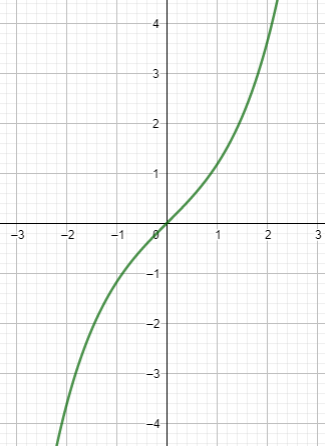
Hyperbolic cosine (cosh)
Cosh (x) = (ex + e-x) / 2
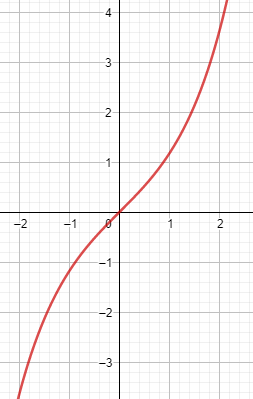
Because of them, there are other of basic hyperbolic functions, they are:
Hyperbolic tangent (tanh)
Tanh(x) = {sinh (x)} / {cos (x)} = (ex – e-x) / (ex + e-x) = {e2x-1} / {e2x+1}
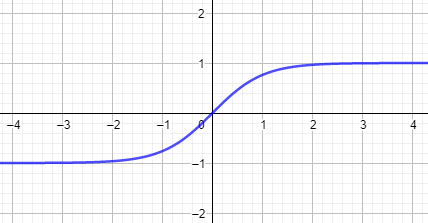
Hyperbolic cosecant (csch)
Csch (x) = 1/sinh(x) = {2ex} / {e2x-1}
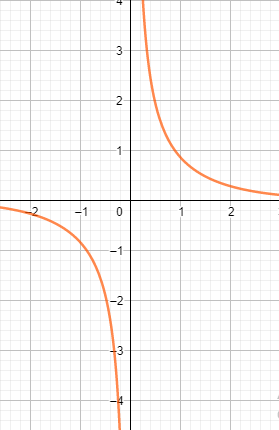
Hyperbolic secant (sech)
Sech (x) = 1/cosh(x) = {2ex}/{e2x+1}
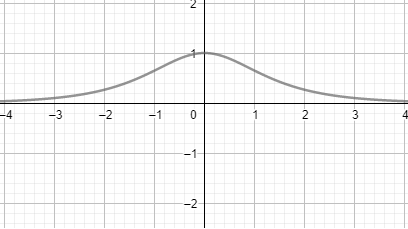
Hyperbolic cotangent (coth)
Coth(x) = 1/tanh(x) = {e2x+1} / {e2x-1}
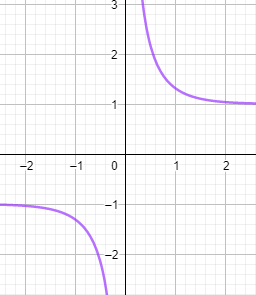
Inverse of Hyperbolic functions
The inverses of hyperbolic functions are:
- Hyperbolic sines denoted as sinh-1 or arsinh or arcsinh

- Hyperbolic cosine denoted as cosh-1 or arcosh or arccosh
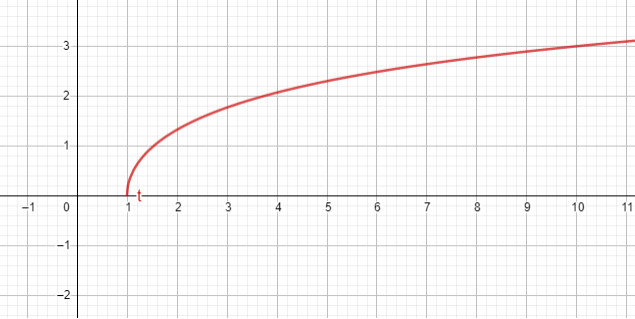
The other invers of hyperbolic function are (please check the graph by yourself)
- Hyperbolic tangent denoted as tanh-1 or artanh or arctanh
- Hyperbolic cosecant denoted as csch-1 or arcsch or arccsch
- Hyperbolic secant denoted as sech-1 or arsech or arcsech
- Hyperbolic cotangent denoted as coth-1 or arcoth or arccoth
Identities of Hyperbolic Function
in hyperbolic function, there are identities:
- Sinh (-x) = – sinh (x)
- Cosh (-x) = cosh (x)
- Tanh (-x) =- tanh (x)
- Coth (-x) = – coth (x)
- Sech (-x) = sech (x)
- Csch (-x) = – csch (x)
Derivatives of Hyperbolic Function
Derivatives of hyperbolic function are:
- d/dx {sinh (x)} = cosh (x)
- d/dx {cosh(x)} = sinh (x)
- d/dx {tanh (x)} = 1 – tanh2(x) = sech2x = 1 / {cosh2(x)}
- d/dx {coth(x)} = 1 – coth2(x) = – csch2(x) = – 1 / {sinh2(x)}
- d/dx {sech(x)} = -tanh(x) . sech(x)
- d/dx {csch(x)} = -coth(x) . csch(x)
- d/dx {arcsinh(x)} = 1 / √(x2+1)
- d/dx {arcosh(x)} = 1 / √(x2-1) for x>1
Hyperbolic Function Examples
- Differentiate y = cosh (√x).
using derivative properties and chain rule, it will be
d/dx {cosh (√x)} = sinh (√x) . {1 / (2√x)}
= {sinh (√x)} / {2√x}
2. Determine the derivative of f(x) = tan(5x).
f(x) = tan(5x)
f’(x) = 5. {sech2(5x)}
3. Determine the derivative of y = x2. Sinh-1(3x).
Using derivative properties for f(x) = u.v then f’(x) = u’v + uv’
y = x2. Sinh-1(3x)
y’ = 2x. Sinh-1(3x) + x2.{1 / √(1+(3x)2)}.3
= 2x.{sinh-1(3x) + x/√(1+9x2)}
